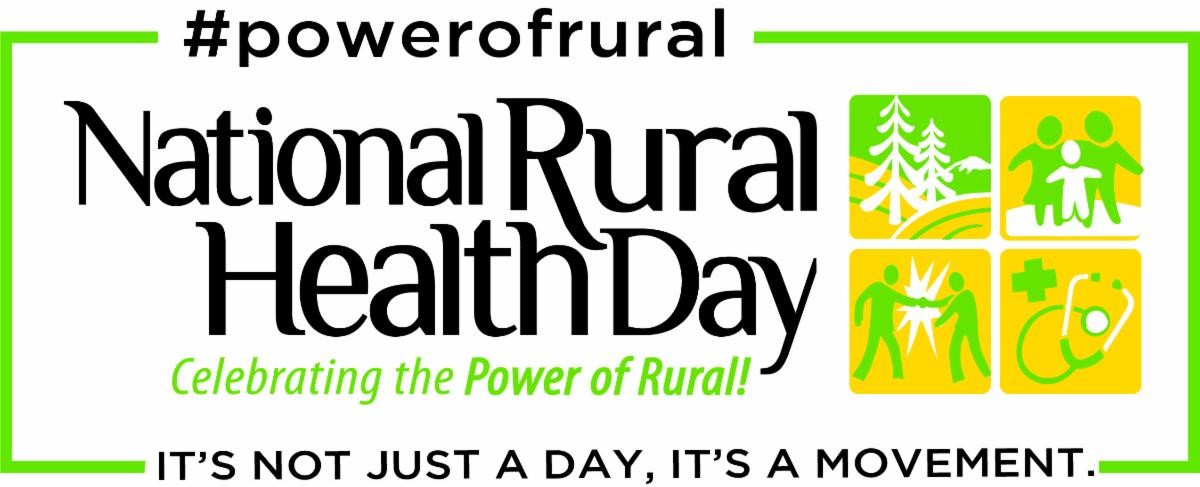The Technical Assistance and Services Center (TASC), a program of the National Rural Health Resource Center (The Center), is pleased to share the Rural Hospital Guide to Improving Care Management.
The Rural Hospital Guide to Improving Care Management is a result of the 2019 Rural Care Coordination and Population Health Management Summit, funded by FORHP. The guide provides rural hospital executive and management teams with generally accepted best practice concepts related to care management. Rural hospitals can use the guide to determine how to most effectively staff care management and identify opportunities to improve clinical and financial outcomes.
State rural health partners may also benefit from this guide, as it assists them in asking the right questions when meeting with hospital leadership. The guide also offers opportunities to improve performance within the hospital setting through the transition from traditional fee-for-service reimbursement to a value-based, population-health-focused reimbursement environment.
The 2019 Rural Care Coordination and Population Health Management Summit Report will assist rural hospitals, clinics, and network leaders in considering key actions they can undertake to incorporate community care coordination planning as a strategy to help position their organization for population health.
Visit the TASC resource library to gain access to the Rural Hospital Guide to Improving Care Management and learn more about the Rural Hospital Care Coordination and Population Health Management Summit Report. You may also view the accompanying video: Population Health for Rural Hospitals: What the experts are saying, featuring Summit panelists.
Access the guide and summit report here.

